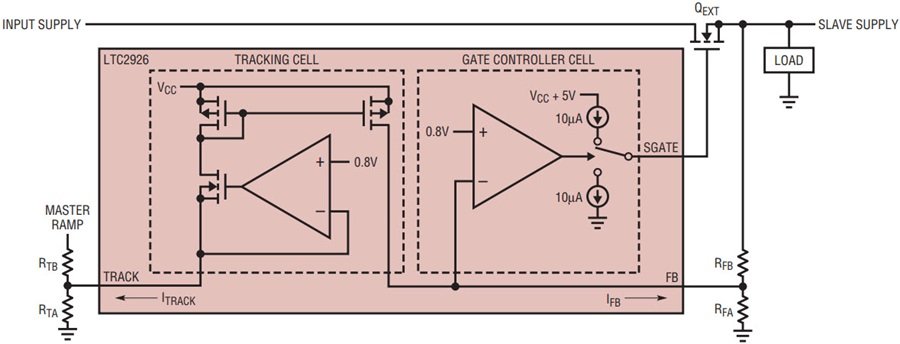MOSFET Safe Power-Up Sequencing

When building electronic circuits, especially with MOSFETs (Metal-Oxide-Semiconductor Field-Effect Transistors), it’s crucial to follow a safe power-up sequence. Without it, you risk damaging your components due to incorrect voltage application. In simpler terms, applying power in the wrong order can lead to MOSFETs turning on unexpectedly or other delicate components getting fried.
The Problem :
Let’s consider a practical example: You’ve designed a circuit with a MOSFET controlling a motor, and you power everything up at once. If the MOSFET gets turned on before the motor’s driver circuitry is fully powered, the MOSFET might not behave as expected. This can result in overvoltage, overheating, or even permanent damage.
The Solution :
The solution lies in safe power-up sequencing. This means powering different parts of your circuit in a specific order to avoid applying voltages prematurely to sensitive parts like the MOSFET gate. Typically, you want the control circuitry to power up first, followed by the load or motor.
Simple Example :
Say you’re using a 12V motor controlled by a MOSFET. If your MOSFET gate is directly connected to the power supply, it could switch on as soon as power is applied. Using a resistor, you can add a delay to the gate, ensuring it only turns on after the rest of the circuit is up and running.
Sample Calculation :
Let’s calculate a simple resistor for this delay.
If you want a 1-second delay to turn the MOSFET on, you can use an RC circuit (Resistor-Capacitor) where the time constant τ = R * C.
If you select a capacitor of 100uF, the resistor value would need to be:
τ = R * C
1 = R * 0.0001
R = 10kΩ
This resistor will delay the MOSFET gate voltage enough to ensure proper sequencing.
Product Suggestion :
Check out our high-quality, Made in India MOSFETs and components for your next project! Visit SmartXProKits.in MOSFET products and shop now.
Support our work and India’s innovation — buy from our Make in India site!




















